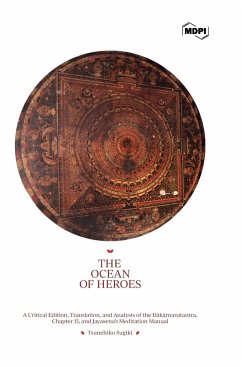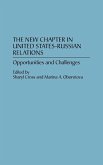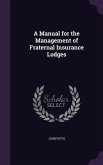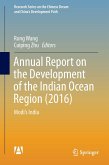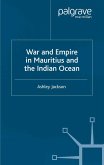The ¿r¿¿¿k¿r¿avamah¿yogin¿tantrar¿ja (abbreviated to ¿¿k¿r¿ava, "Ocean of ¿¿kas or Heroes") is one of the last scriptures belonging to the Buddhist Sävara tradition in South Asia. It was composed in the eastern area of the Indian subcontinent sometime between the late 10th and 12th centuries, and its extant version was most likely compiled around the early 12th century. Chapter 15 of the ¿¿k¿r¿ava, (hereafter ¿¿k¿r¿ava 15) teaches a large-scale and elaborate mä¿ala of the highest god Heruka that comprises 986 major deities. This monograph presents the first critical edition and English translation (with annotation) of the Sanskrit text of the ¿¿k¿r¿ava 15, elucidates its form and meanings, and clarifies its significance in the history of Buddhism in South Asia. I also provide the first critical edition and English translation (with annotation) of Jayasena's Ratnapadmar¿ganidhi ("Precious Ruby Treasury," composed in the 12th century), which is the oldest manual for visualizing the Heruka mä¿ala of the ¿¿k¿r¿ava 15. In the last stage of the history of Tantric Buddhism in India, when various Buddhist Tantric traditions were already present, some texts were composed, such as the K¿lacakratantra and the Vajr¿val¿ of Abhay¿karagupta. These texts provide inclusive Tantric systems in which various preceding traditions are integrated and reorganized. The ¿¿k¿r¿ava is one such text. The Heruka mä¿ala in the ¿¿k¿r¿ava 15 is comprehensive and integrates deities from various Tantric traditions and components of the Buddhist cosmos within the framework of the Sävara system.
Bitte wählen Sie Ihr Anliegen aus.
Rechnungen
Retourenschein anfordern
Bestellstatus
Storno

